Contemporaneous with autonomous movements in Italy, a radical period of design blossomed, some of which has been identified as anti-design. In Europe in the 1960s, several design collectives formed “out of the disillusionment with modernist ideals that had dominated since the early 1900s.” These collectives viewed design, in particular industrial design, as “having aggravated social and environmental problems.”[i] They established a new kind of political perspective rooted in critiquing the world of consumption, which is largely shaped by design, and they did so through design. Anti-design can be seen as a form of “immanent critique,” a method of cultural discourse that articulates contradictions in the structure of society to suggest possibilities for emancipatory social change (a critical approach associated with the German social theorist Theodor Adorno of the Frankfurt School, among others). This mode of critique values the role ideas can play in shaping society and generating future change and embeds those ideas in designed objects.
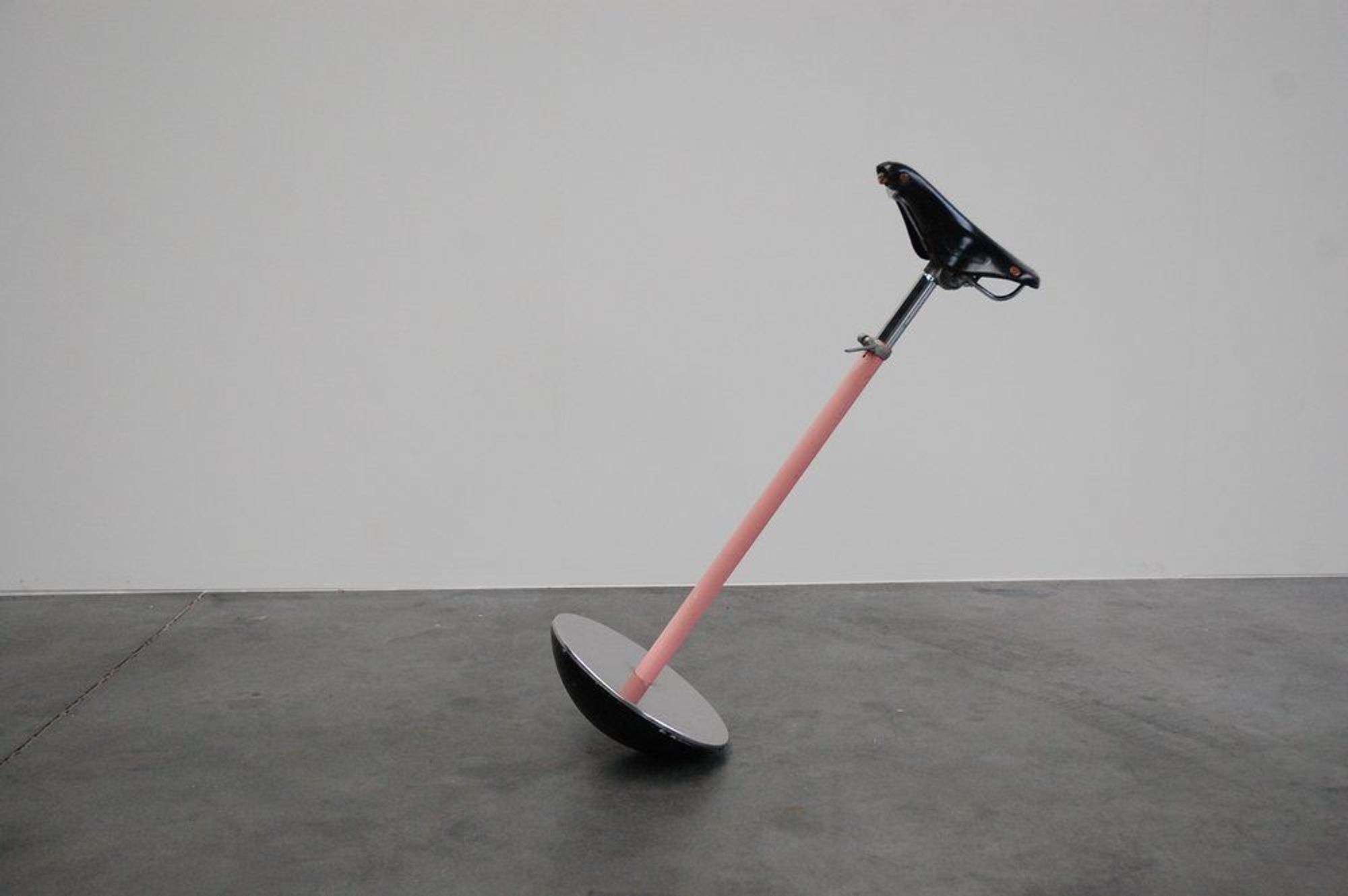
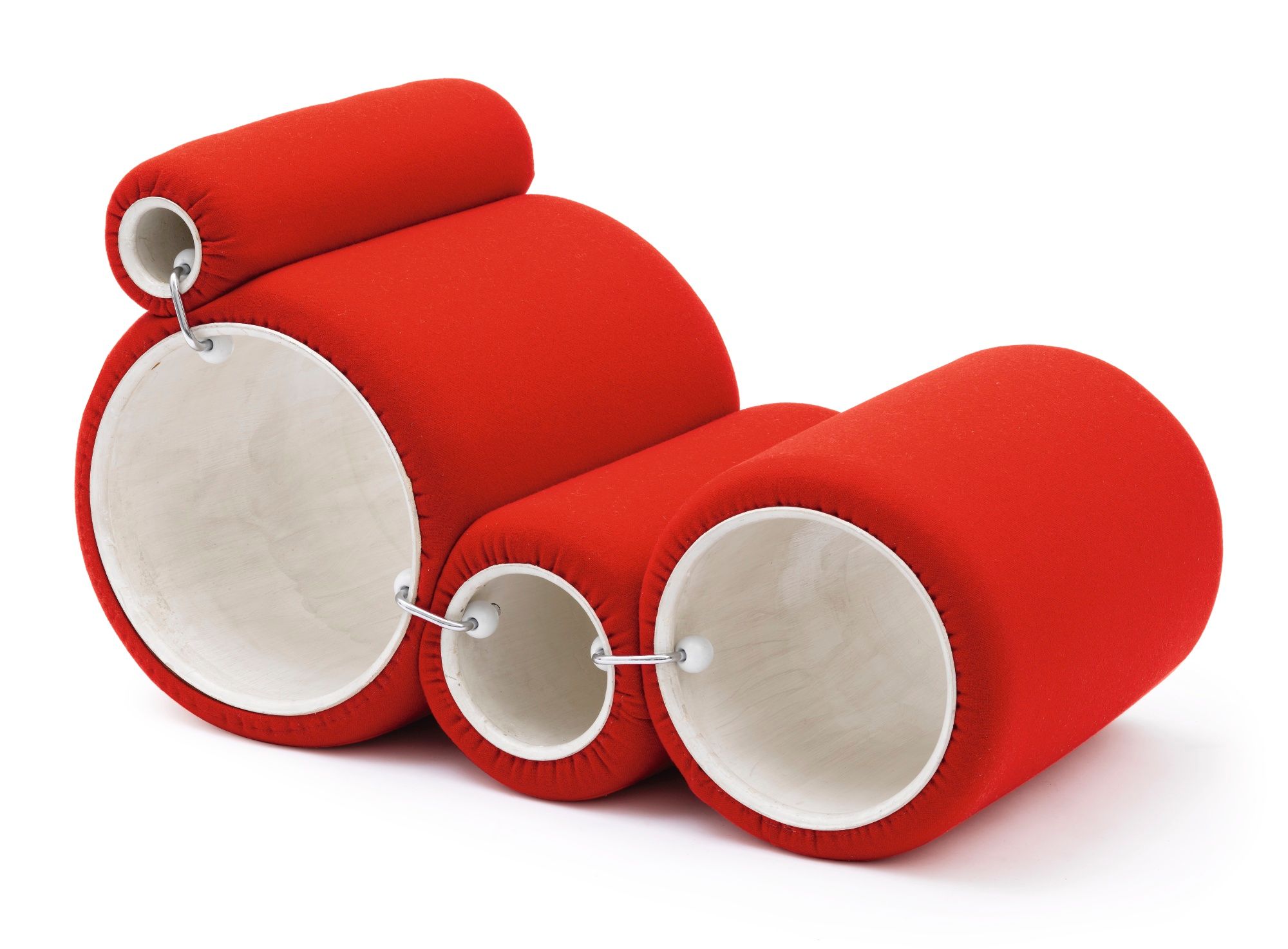
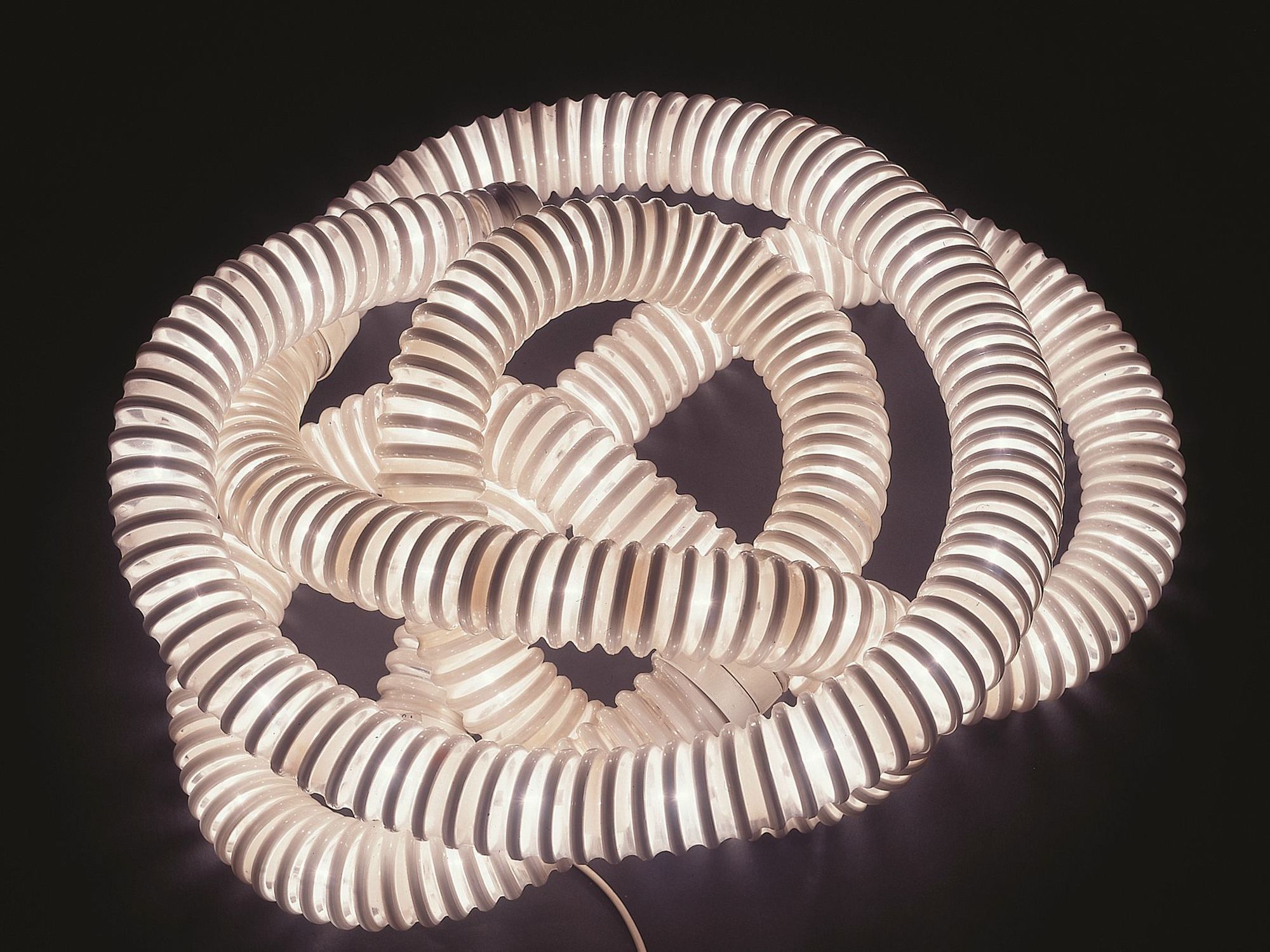
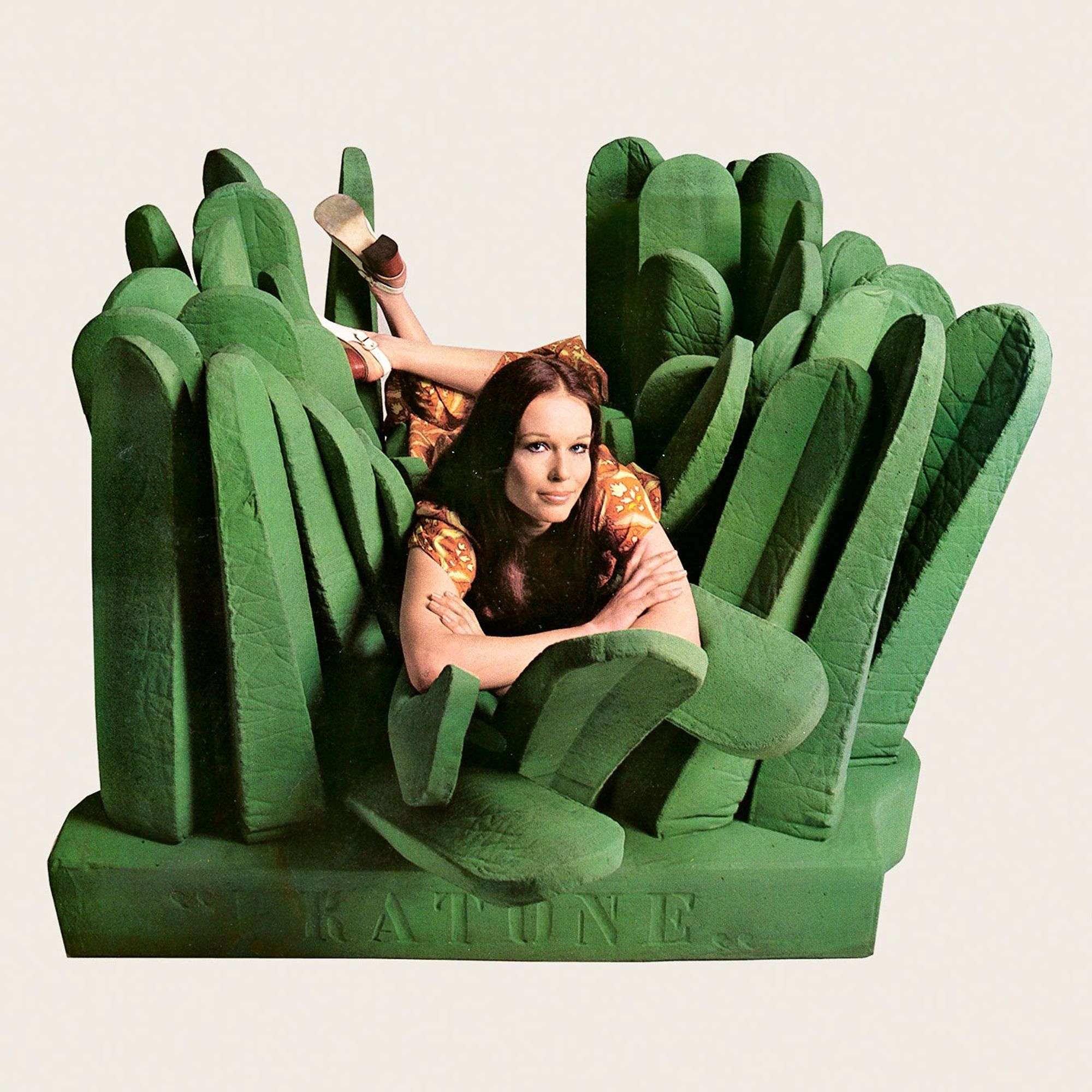
Worker strikes, protests, student demonstrations, sit-ins, and feminist demonstrations were prevalent in Italy at the end of the 1960s and in the early 1970s. Universities and factories alike were sites of political speech and action. Several Italian designers “began to view their role in the creation of sophisticated domestic objects as part of a repressive collaboration between government and corporate management interests that reinforced class distinction and fueled commodity consumption for the wealthy.”[ii] Originating in Italy, anti-design collectives such as Superstudio, Archizoom Associati, Gruppo Strum, and Gruppo 9999 shared a critical approach to the world of consumption through a combination of publications, films, images, installations, and prototypes that were never intended for mass production. “Rather than design positioned as being in service to problems, design was used to facilitate active participation through happenings, interventions,” and other forms of participation used “as a means of communication and political instrument geared to provoke debate on and around the work.” In this facilitation, anti-design practices established specific political positions and “aimed to open an intellectual discourse through design.”[iii]
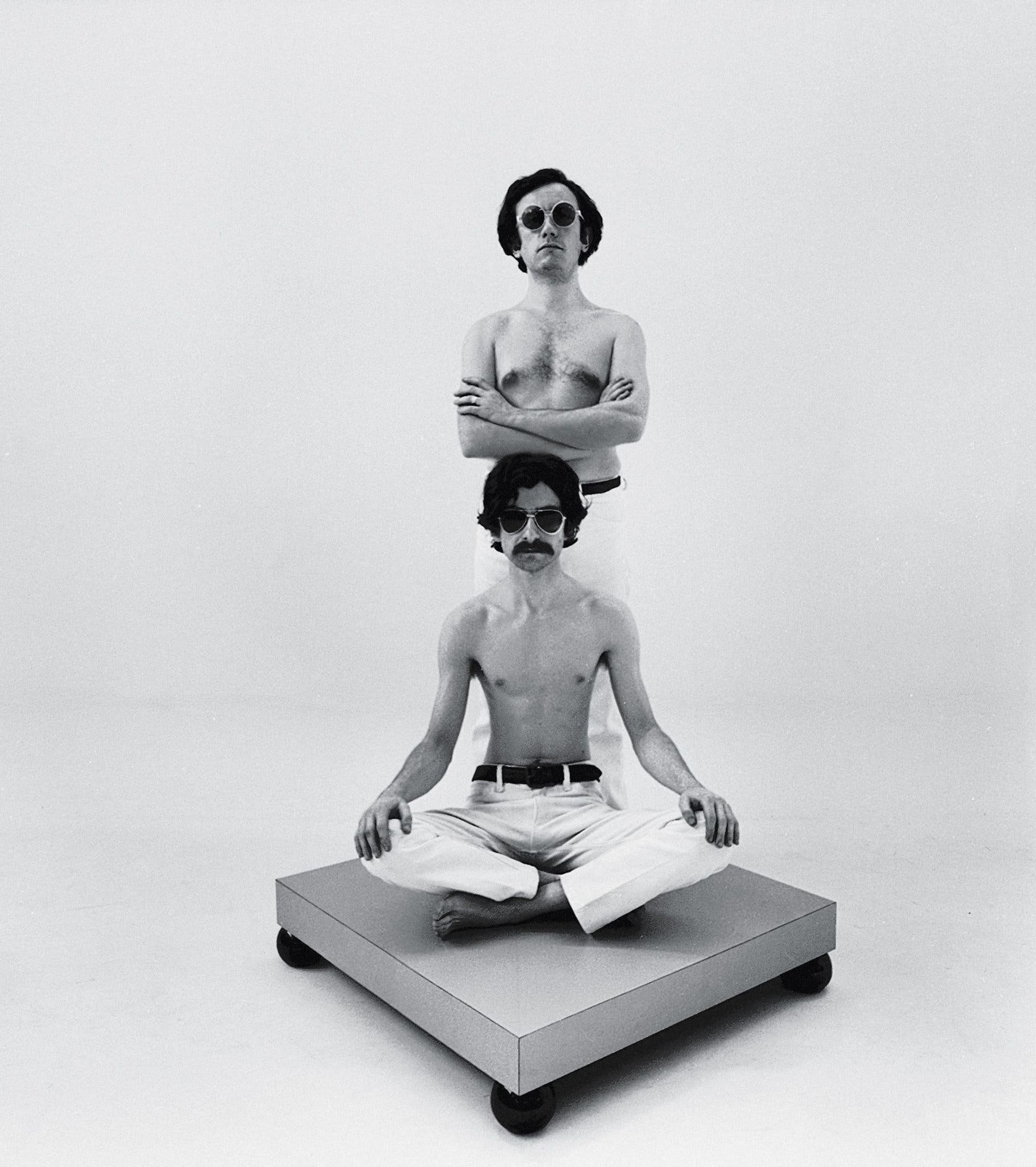
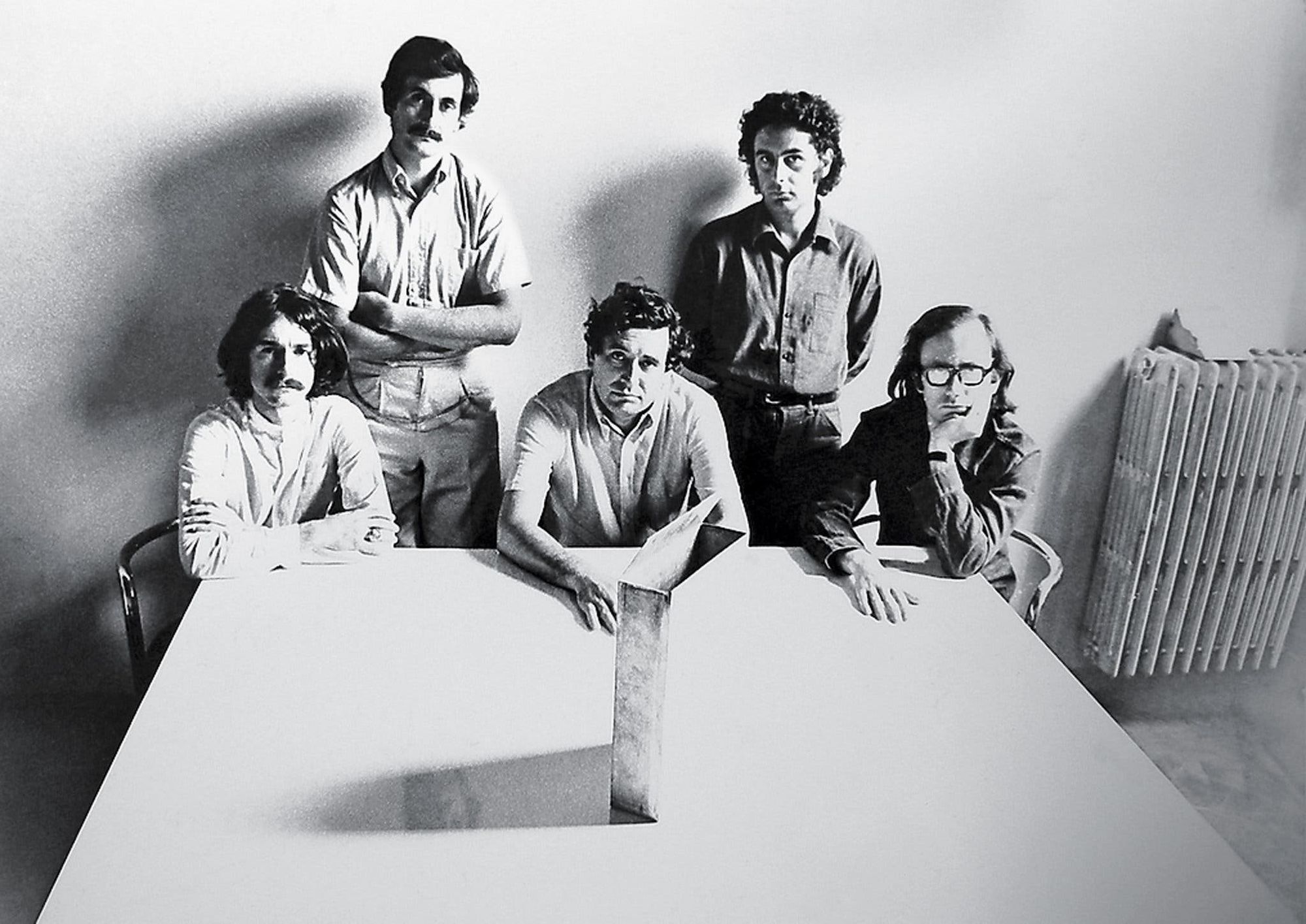
[i] Malpass, Critical Design in Context, 21.
[ii] Raizman, History of Modern Design, 358.
[iii] Malpass, Critical Design in Context, 22.
👉 Home